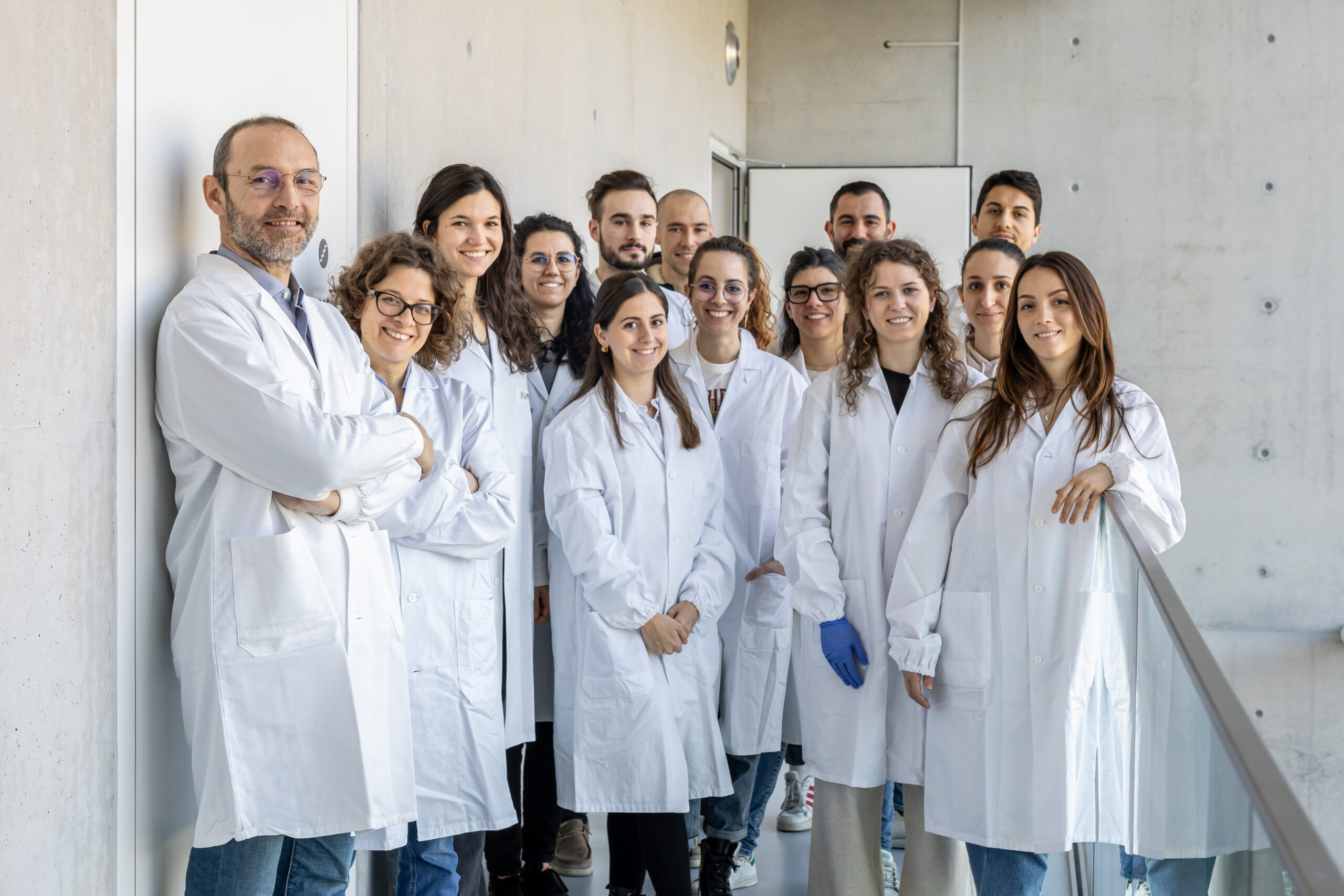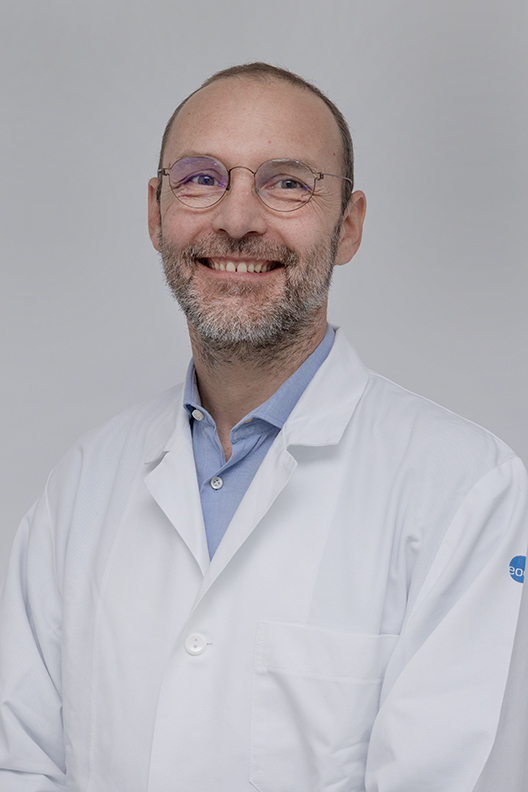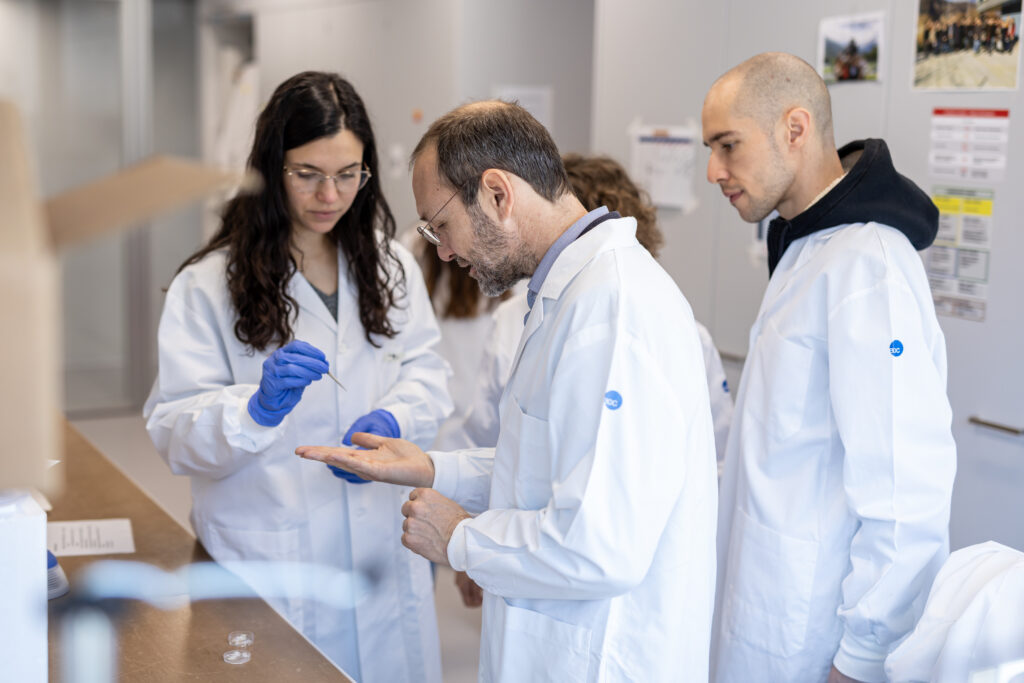The Regenerative Medicine Technologies Lab adopts an interdisciplinary approach, at the intersection of engineering, biology and medicine, aiming at regenerating biological tissue substitutes in vitro. Major RMT lab competences are represented by advanced technologies such as biofabrication and microfluidics, enabling tools for the generation of innovative constructs replicating the complexity of in vivo biology. In more detail, in RMT Lab we generate 3D tissues based on cell co-cultures mainly of human origin, embedded in suitable biomaterials and cultured in engineered environments providing biophysical and mechanical stimuli. RMT Lab mainly focuses on musculoskeletal tissues, producing biological replicates with a scale ranging from microfluidic devices to macro-scale constructs of clinically relevant dimensions. The microarchitecture of physiological tissues can be hierarchically replicated, spanning from mimicking the interface between different tissues (e.g. tissues composing the joints or the tendon bony insertion) down to the reproduction of microscale tissue features (e.g. bone trabeculae or microvascular networks).
From a translational point of view, smaller scale devices are currently being improved towards high throughput platforms usable for drug screening purposes and testing of personalized therapies, whilst bigger scale constructs could be translated to biological substitutes usable in clinics for the regeneration of diseased tissues. In particular, we are working on reproducing bone, cartilage and skeletal muscle constructs, to improve drug discovery and to personalize available therapies in fields such as bone tumors, osteoarthritis and muscle fibrosis. In the field of bone tumors, we demonstrated that our models were able to reproduce the effects of known anti-tumor drugs on cancer cells better than simple 3D cancer cell models. We are also working on improving the mechanical properties of the support matrix through bioprinting techniques, and on increasing the throughput of our system to enable drug screening with a higher throughput.
About skeletal muscle, we are studying models able to replicate the main features of fibrotic muscle tissue, to provide advanced tools to researchers searching for new therapies. The currently generated models have shown that they can replicate the organization of muscle fibers, the presence of a vascular network similar to that present in vivo, and better reproduce the altered production of extracellular proteins in pathological conditions as compared to the corresponding 2D models.
In the RMT Lab we also develop patient-specific multi-tissue 3D models, such as a microfluidic model of an osteoarthritic joint, that allow to compare different possible therapeutic approaches for the single patient and can represent an innovative instrument for the development of personalized therapeutic regimens for osteoarthritis and other orthopedic pathologies.










